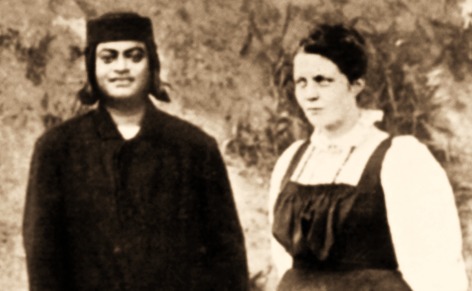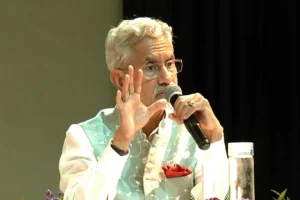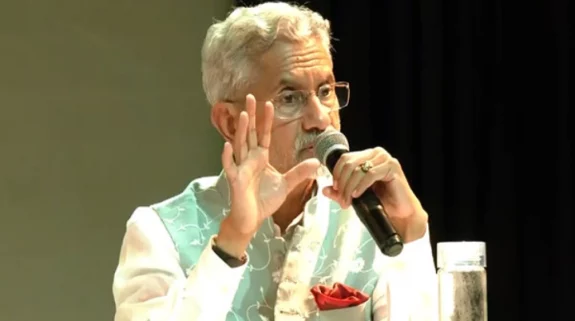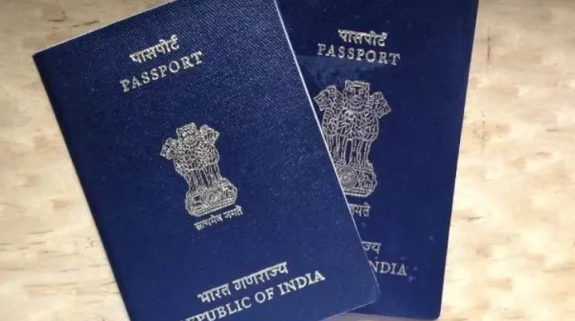Though of Scottish descent, Sister Nivedita, born Margaret Elizabeth Noble, was reborn on March 25, 1898 when Swami Vivekananda initiated her to Brahmacharya and christened her Nivedita–the one who is dedicated to God.
Women education
Going beyond her dedication to the Almighty, Sister Nivedita, served the humankind, in multiple ways. Taking to her heart the purpose for which Swami had invited – to play a major role in educating Indian women, on November 13, 1898, Kali Puja day, she started a school at Bagbazar in then Calcutta (now Kolkata). Writing to her, Swami had said, “Let me tell you frankly that I am now convinced that you have a great future in the work for India. What was wanted was not a man but a woman, a real lioness, to work for the Indians, women especially.”
The school was inaugurated by Ma Sarada Devi. Hironmoy N. Mukherjee mentions in “Swami Vivekananda's Spiritual Daughter: Sister Nivedita” that she blessed the school and said, “I pray that the blessings of the Divine Mother may be upon the school and the girls; and the girls trained from the school may become ideal girls.”

Ma Sarada Devi (Pic: Courtesy Wikimedia Commons)
Facing stiff opposition from many, Sister Nivedita carried on relentlessly and admitted girls, many of whom hailed from pitiable socio-economic condition. Going beyond girls, she took widows and adult women under her wings. Sewing, elementary rules of hygiene, nursing, were taught besides regular courses. Money did not come by easily yet, she worked hard to earn from her writing and delivering lectures.
Working during plague
It is pertinent to recall Sister Nivedita’s stellar role today when the world at large is facing the challenges of the pandemic Covid-19. In 1899 when plague epidemic broke out in Calcutta after devastating Bombay (now MumbaI), she nursed and took care of the patients, cleaning out garbage from the area while motivating others to join in the effort. Such was her remarkable courage that in a gesture that comforted the grieving family, she placed their dead child in her lap and sat silently! Going around to create awareness, she lectured everyone on the critical importance of cleanliness and taking precautions to protect oneself from the disease. Taking matters in her own hand, when she found no volunteers one day, she took up the broom and started cleaning. This spurred several young men to join in!
Indian nationalism and Sister Nivedita
Spending time in the midst of Indians, Sister Nivedita became disillusioned with the British rule and from therein became a supporter of the freedom movement. She firmly believed that in order to become prosperous, India must become free. What made her unique was her association with some of the Bengal revolutionaries and her drive to exhort young Indians to join the freedom struggle.
She later started working on her own and maintained a direct relationship with many of the young revolutionaries of Bengal, including those of Anushilan Samity, a secret organization. She inspired many youths in taking up the cause of Indian independence through her lectures. She took on Lord Curzon on the issue of moral codes when he said it held a higher place in West than East. Citing Curzon’s false statements regarding his age and marriage, she forced him to apologise.
Influencing Indians
Meeting artists like Abanindranath Tagore, Ananda Coomaraswamy and E. B. Havell, she egged them to develop Indian art while making Calcutta Art School students look to ancient Indian art for inspiration.
Interestingly, the singing of Vande Mataram in schools which caused a furore, was introduced by her as a prayer in her school. Besides influencing Subramanian Bharati to work for women’s emancipation, she supported Annie Besant and was close to Aurobindo.
Sister Nivedita died on October 13, 1911 and her entire life and personality is best summed up by her epitaph “Here lies Sister Nivedita who gave her all to India.”




















